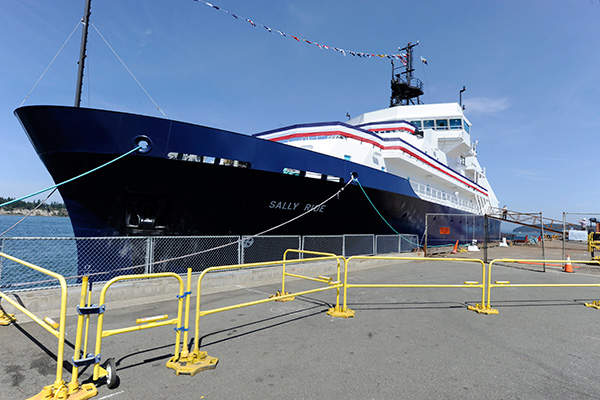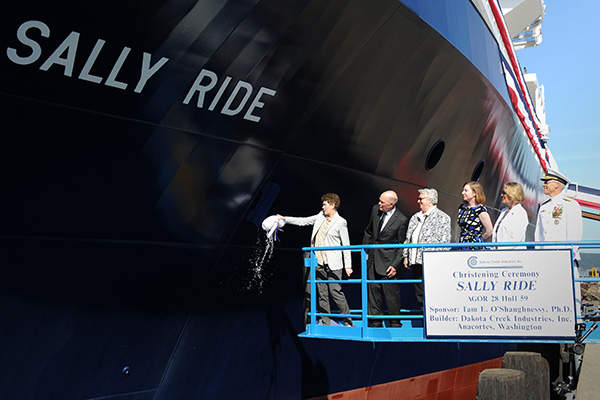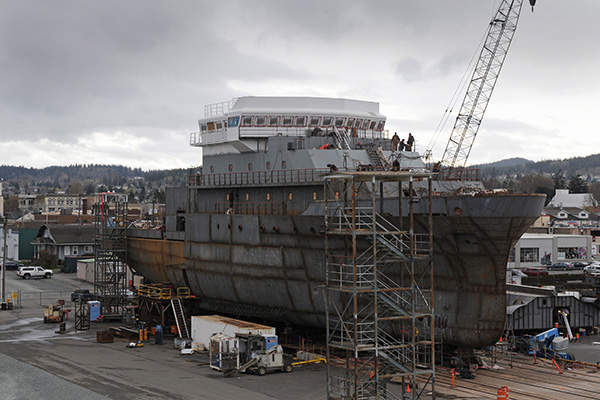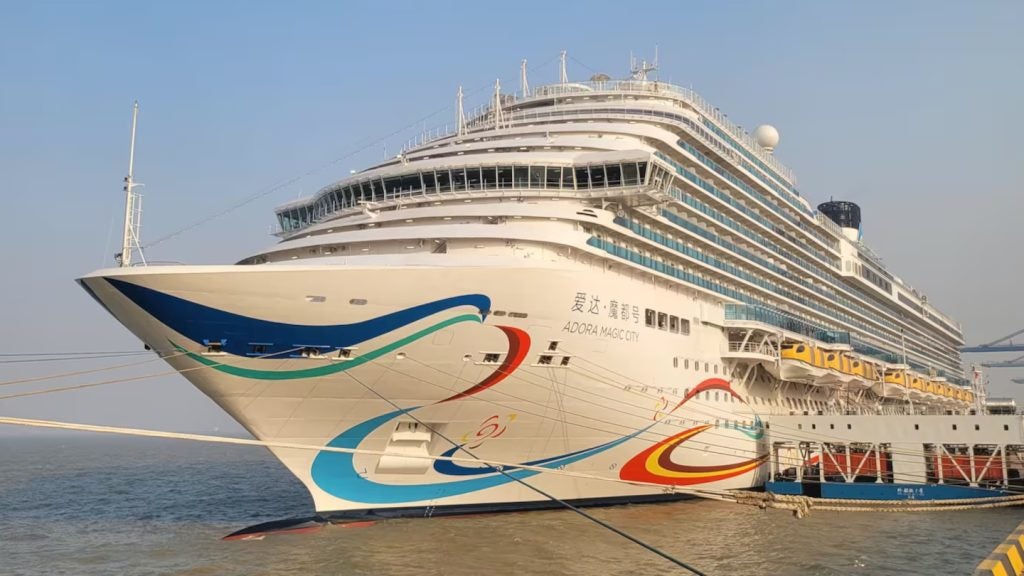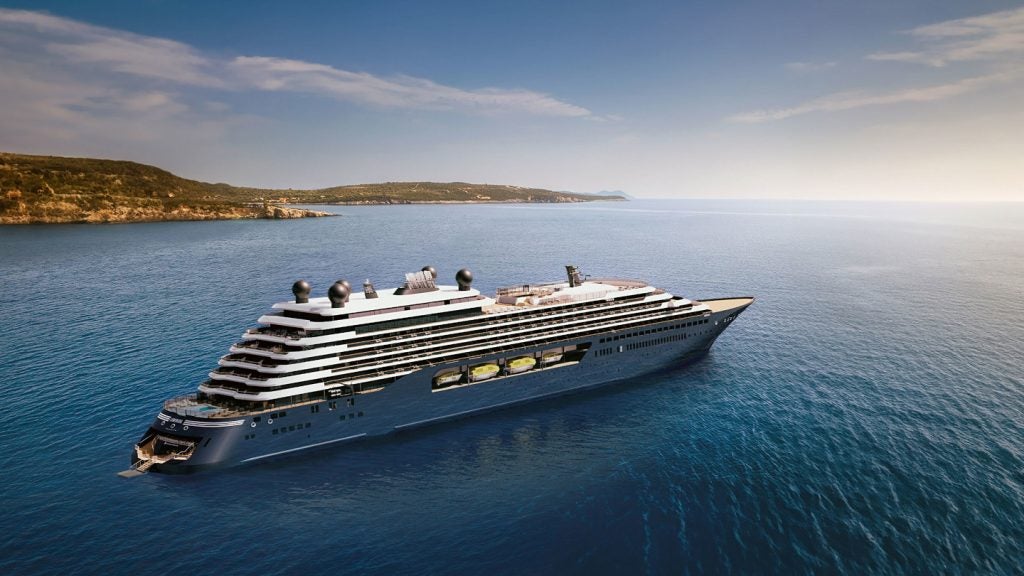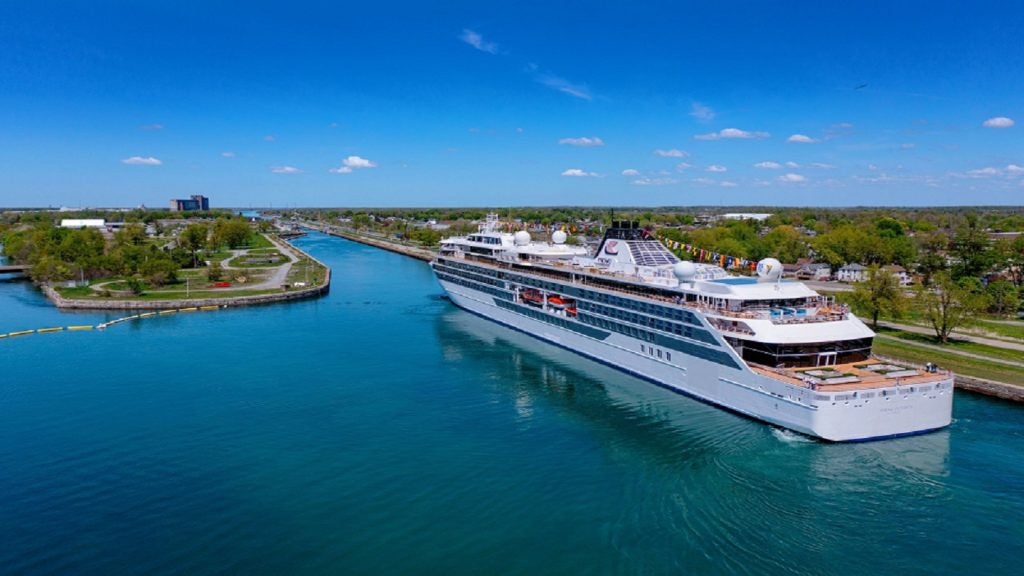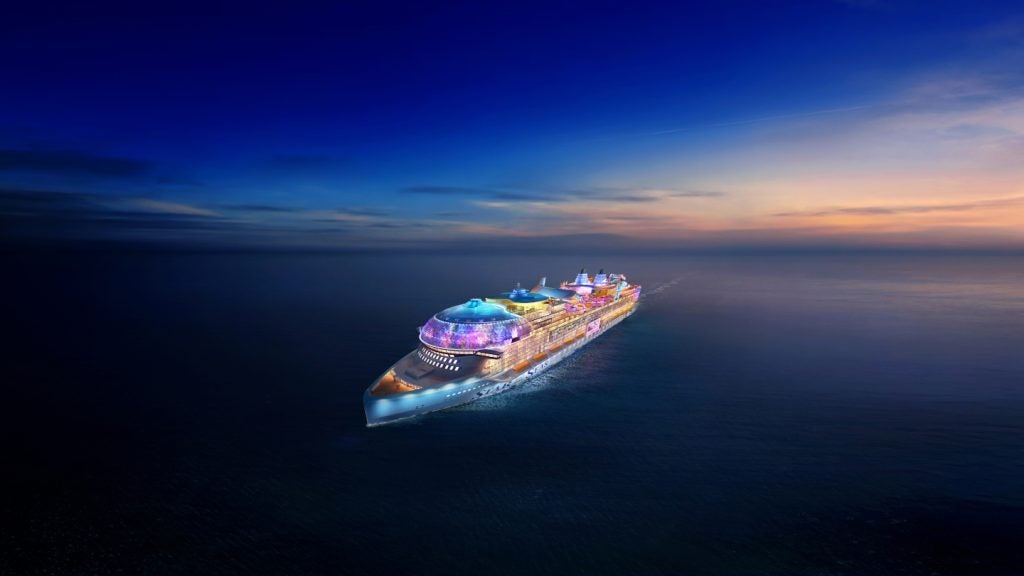The AGOR (Auxiliary General Oceanographic Research) 28 vessel, also known as R/V Sally Ride, is a new Neil Armstrong-class research vessel built by Dakota Creek Industries in the Port of Anacortes, Washington, US. The research vessel is owned and managed by the US Navy’s Office of Naval Research (ONR).
Construction of the new ocean-class vessel started in August 2012. It was christened R/V Sally Ride at a ceremony held at the Anacortes Transit Shed shipyard in August 2014 in honour of the memory of Sally Ride, the first American woman in space.
The research vessel was delivered in April 2015 and is expected to start scientific operations in 2016, after installation of instrumentation and undergoing sea trials.
Scripps Institution of Oceanography, University of California San Diego operates the vessel and the Scripps Nimitz Marine Facility in Point Loma on San Diego Bay is its homeport.
The vessel is operated through the University-National Oceanographic Laboratory System (UNOLS). It performs a wide range of oceanographic research in shallow and deep waters, including sampling and data collection of surface, mid-water, sea floor and sub-bottom layers.
R/V Sally Ride design
R/V Sally Ride is fitted with a steel hull specifically designed to keep bubbles away from the sonar area. The overall length of the vessel is 72.54m and its depth is 6.71m. It has a maximum beam and draft of 15.24m and 4.57m respectively. The maximum displacement of the ship is 3,024t with a service level agreement (SLA).
Onboard accommodation facilities include 20 single crew staterooms and 12 double staterooms for scientists.
The single-hulled ship is designed and equipped for operations in rough sea and windy conditions. It is also outfitted to perform during colder months in shallow or deep water.
The vessel was assigned the American Bureau of Shipping (ABS) class notation of ABS A1 Circle E, AMS and ACCU, NIBS, Ice Class D0, USCG COI.
Winches, deck cranes and ancillary facilities
R/V Sally Ride is equipped with two CAST-6-125 Electric Hydrographic Winches with active heave compensate (AHC) controls supplied by Markey Machinery. The company also supplies two Markey WES-23 type wildcat electric anchor windlasses, which are capable of handling 1-7/16in grade three anchor chain for bolt-down installation.
A DESR-11-48 and a DESR-9-30 electric storage reel is installed aboard and integrated with local and remote controls as well as digital all-electric AC- variable frequency drives. The vessel is also outfitted with a DETW-9/11-48, a trawl/tow traction winch system and an electric traction winch.
Handling and deck equipment on-board comprises cranes, conductivity-temperature-depth (CTD) handling and starboard-side handling systems. They are used to reach into the waterline for improved safety and load control. The ship is equipped with centralised fresh water cooling system and a heating, ventilation and air conditioning (HVAC) for indoor comfort.
Scientific equipments aboard the AGOR 28
The AGOR 28 features Kongsberg’s EM-122 and EM-710 scientific sensors for deep- and shallow-ocean multibeam mapping and a Kongsberg EA-600 for single-beam mapping. Sub bottom profiling is provided by Knudsen Chirp 3260 echosounder with 16 Massa TR-1075 transducer arrays.
Other equipment that are fitted aboard the vessel include Teledyne RD Instrument’s Workhouse Mariner 300kHz for long-range, horizontal, acoustic doppler current profiler (H-ADCP), and Ocean Surveyor 38 and 75 kHz ADCP for towed sensors.
Dynamic positioning and sea keeping
The super silent oceanographic research vessel is fitted with dynamic positioning capabilities so as to hold position within 5m during operations at wind speed of 35k and wave currents up to 2kt.
The vessel is outfitted with roll stabilisation tank for 100% operability in Sea State 4 (SS4) and up to 88% operability in SS5 at full load.
Engine and propulsion
The R/V Sally Ride is powered by a diesel electric engine comprising four 1,044kW Cummins QSK38-DM engines and two 879kW electric propulsion motors.
The propulsion system also includes two controllable pitch propellers (CPP) with variable speed motors, azimuth bow thrusters and stern tunnel thrusters.
The vessel is designed to sail at a maximum range of approximately 11,500nm and has an endurance of 40 days. Its propulsion system enables it to sail at a maximum speed of 12.8kt.

